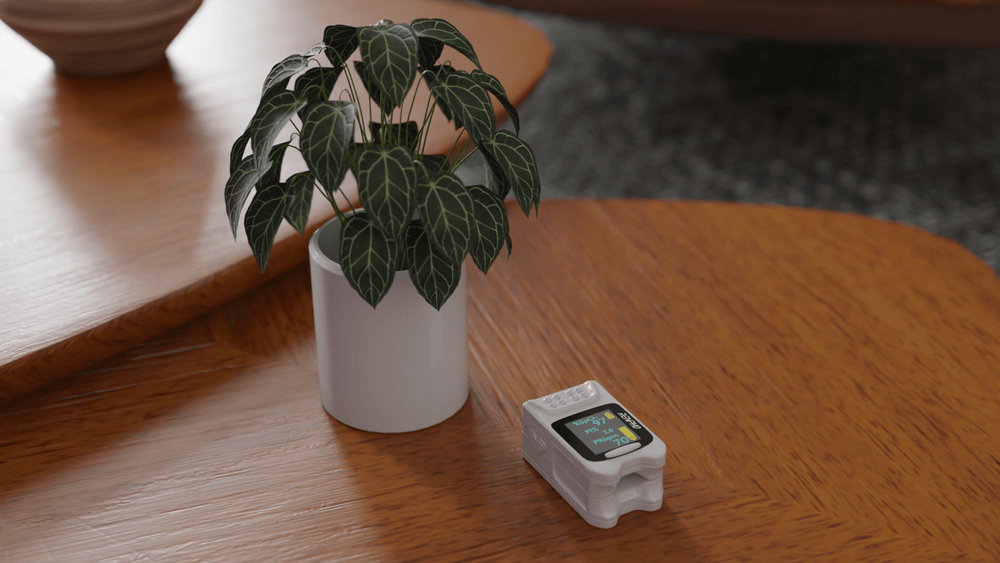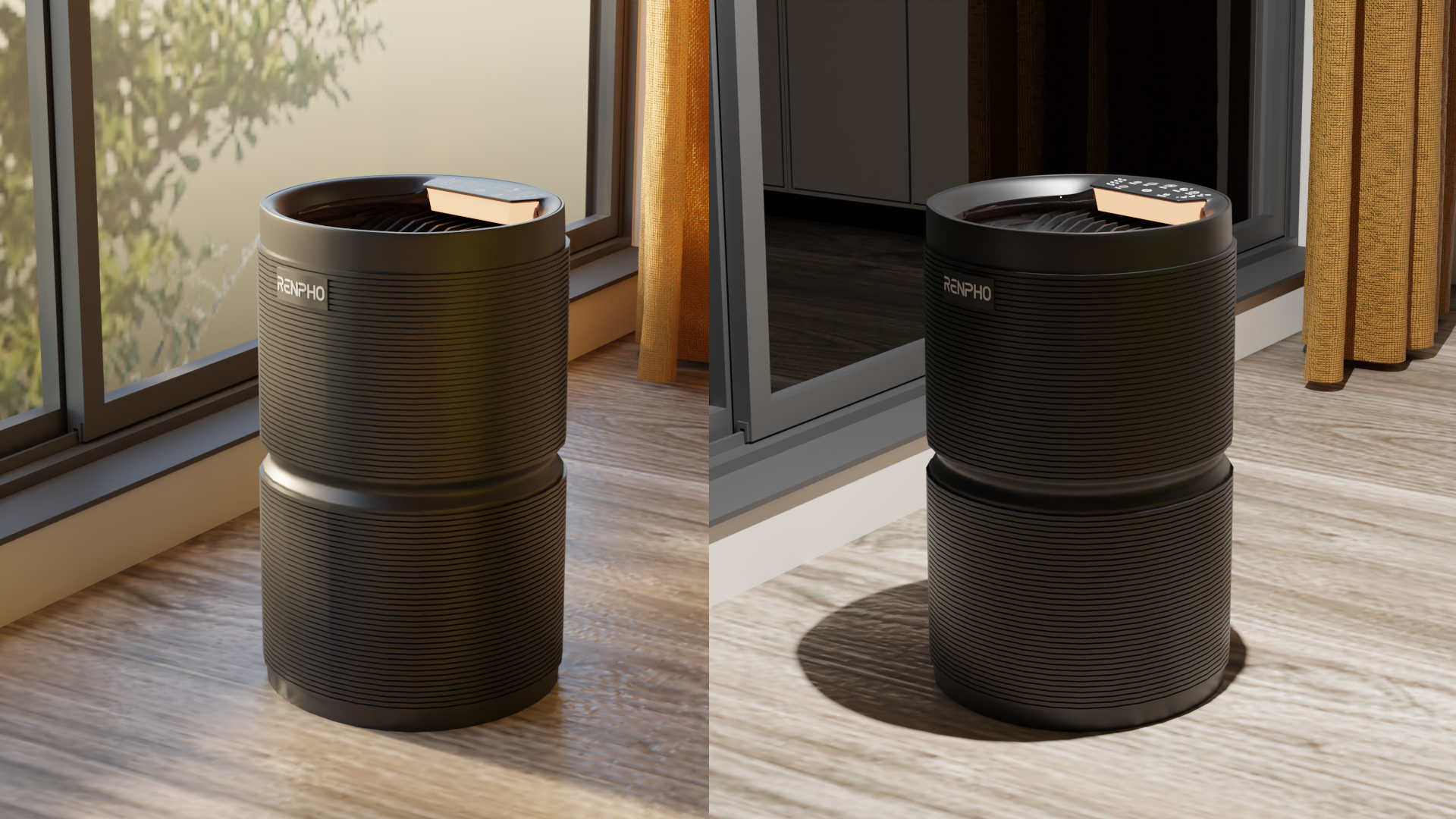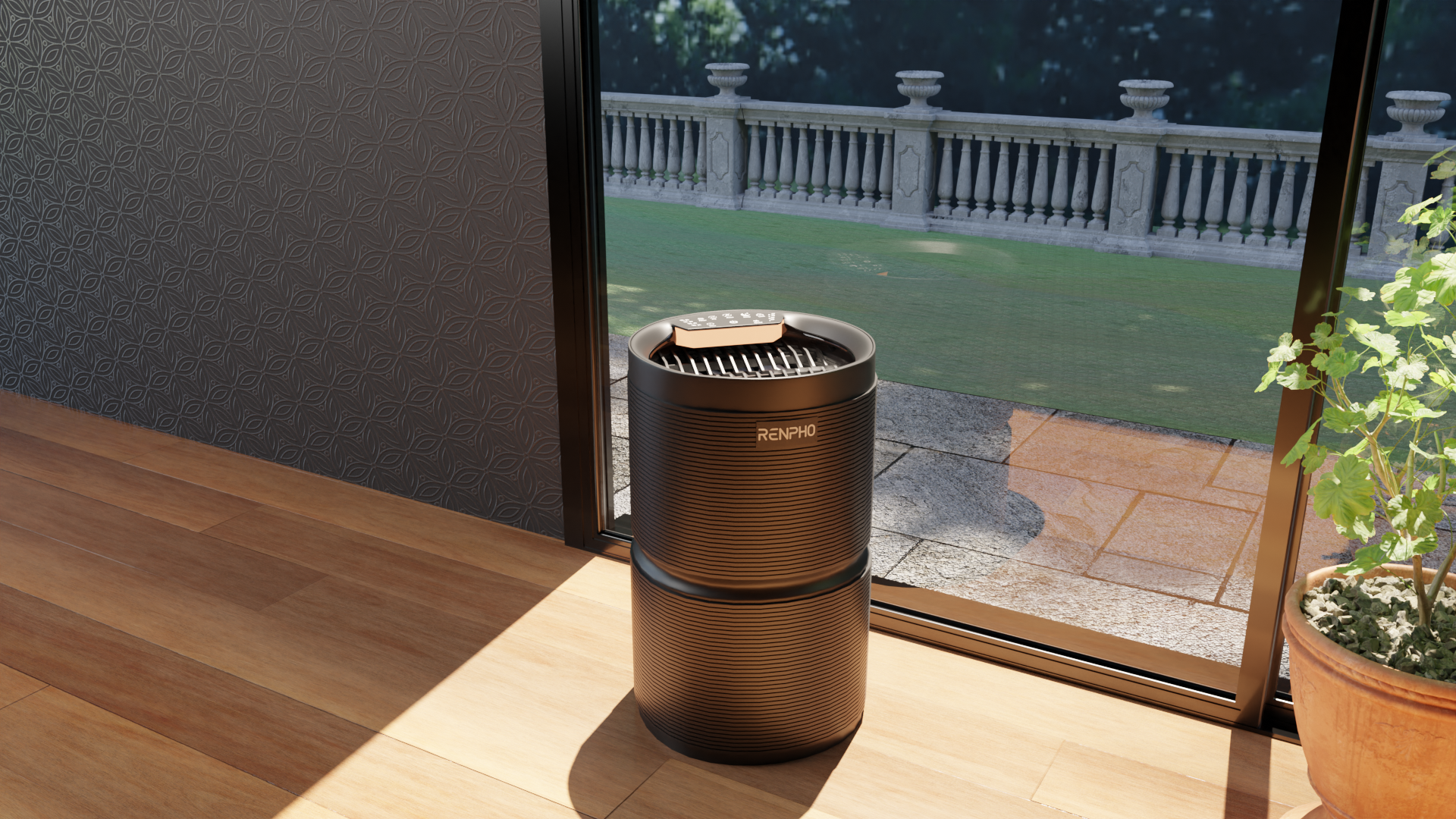Why You Need a Pulse Oximeter ASAP

Stay tuned to our latest news
Vital signs are measurements that indicate the functioning of the body’s most essential systems. These include body temperature, heart rate, blood pressure, and the level of oxygen in the blood. Monitoring these vital signs is crucial in maintaining good health and preventing potential complications. Regular monitoring of vital signs can help detect early signs of illness or disease, allowing for prompt medical intervention and treatment. The pulse oximeter is a small, portable device that has become an essential tool in modern healthcare. It measures the oxygen saturation level in the blood, providing valuable information about a patient's respiratory function. In addition, pulse oximeters also monitor the heart rate, providing crucial data for healthcare providers. Pulse oximeters are medical devices used to measure the oxygen saturation in a person's blood. This can be an important indicator of overall health and can be helpful in monitoring conditions such as asthma, COPD, and heart failure. There are two main types of pulse oximeters: fingertip and wrist-based. Fingertip pulse oximeters are small, portable devices that clip onto a person's finger. These devices typically use a small LED light to measure the amount of oxygen in the blood. As the light passes through the finger, the device calculates the oxygen saturation based on the amount of light absorbed by the blood. This type of pulse oximeter is commonly used in hospitals and clinics, as well as by individuals at home. Wrist-based pulse oximeters, on the other hand, are worn on the wrist like a watch. These devices tend to be more discreet and convenient for everyday use. They also work by using LED light to measure the oxygen saturation in the blood, but they may use a different method of light transmission due to their location on the body. Regardless of the type, pulse oximeters generally work by measuring the changes in light absorption in the blood. Oxygenated blood absorbs light differently than deoxygenated blood, and the device can calculate the oxygen saturation based on these differences. This is how a pulse oximeter works in simple terms. You may have seen pulse oximeters used in hospitals or clinics, but did you know that you can also use one at home? In fact, having a pulse oximeter at home can be very beneficial for your health and well-being, especially during the COVID-19 pandemic. Here are some reasons why you need a pulse oximeter ASAP: Using a pulse oximeter correctly is essential for obtaining accurate readings of your oxygen levels. It works by emitting two different wavelengths of light through your fingertip, and then measuring the amount of light that is absorbed by the oxygenated and deoxygenated hemoglobin in your blood. This is known as the photoplethysmography method, which essentially determines the percentage of oxygen in your blood by analyzing the light absorption. Understanding how a pulse oximeter works is important in order to use it correctly. The RENPHO Portable Pulse Oximeter is a small device that clips onto your finger and measures your blood oxygen level and heart rate. It is easy to use, affordable, and widely available. You can use it to monitor your health at home, especially if you have a condition that affects your breathing or circulation, such as asthma, COPD, heart failure, or anemia.
One important vital sign to monitor is the level of oxygen in the blood, also known as oxygen saturation. This is typically measured using a device called a pulse oximeter. This non-invasive, painless tool is usually clipped onto a finger and works by shining light through the skin to detect how much oxygen is being carried by the red blood cells. Understanding how a pulse oximeter works is essential for healthcare professionals and individuals alike, as it helps to track the overall well-being and function of the cardiovascular and respiratory systems.The Role of Pulse Oximeters in Healthcare

Pulse oximeters play a vital role in monitoring patients with respiratory conditions such as asthma, chronic obstructive pulmonary disease (COPD), and pneumonia. They are also used during surgeries, in intensive care units, and in emergency medicine. By providing real-time data on oxygen levels, pulse oximeters help healthcare providers make informed decisions about patient care.
How does a pulse oximeter work? It uses light to measure the amount of oxygen in the blood. The device emits two wavelengths of light – one that is absorbed by oxygenated hemoglobin and another that is absorbed by deoxygenated hemoglobin. By comparing the two wavelengths, the pulse oximeter can calculate the oxygen saturation level in the blood. This process is painless and non-invasive, making it suitable for use in a wide range of healthcare settings.Types of Pulse Oximeters

Reasons to Own a Pulse Oximeter
How to Use a Pulse Oximeter Correctly
To properly use a pulse oximeter, start by ensuring that your hands are warm, as colder hands can affect the accuracy of the readings. Next, turn on the device and insert your finger into the oximeter, making sure it fits snugly. Keep your hand still and your finger at heart level for the most accurate reading. Allow the pulse oximeter to measure your oxygen saturation for a few seconds, until the display stabilizes.
It's important to note that a pulse oximeter is a tool for monitoring your oxygen levels, not for diagnosing a medical condition. If you have concerns about your oxygen saturation levels, it's important to consult with a healthcare professional. Additionally, if you have any conditions such as poor circulation or nail polish, it may affect the accuracy of the readings, so it's important to remove any nail polish and ensure proper circulation to the finger being used for the measurement.
In conclusion, using a pulse oximeter correctly involves understanding how it works and following the proper steps for obtaining accurate readings. By knowing how a pulse oximeter works and following these guidelines, you can effectively monitor your oxygen levels and take appropriate action if necessary.
Renpho Health Tips
-

Benefits of Breathwork for Stress Relief and Tips from a Mindset Coach
January 31, 2023
Read more >
-

Breathe Better and Explore the World of Air-Purifying Plants
November 22, 2023
Read more >
-

Breathe Your Way to Well-Being: The Science and Practice of Breathing Techniques
January 10, 2024
Read more >
-

Understanding Air Purifier Usage: Can You Leave Them On 24/7?
January 30, 2024
Read more >
-

No Fresh Air? 5 Common Reasons Why Your Air Purifier Is Not Working Properly
January 19, 2024
Read more >



